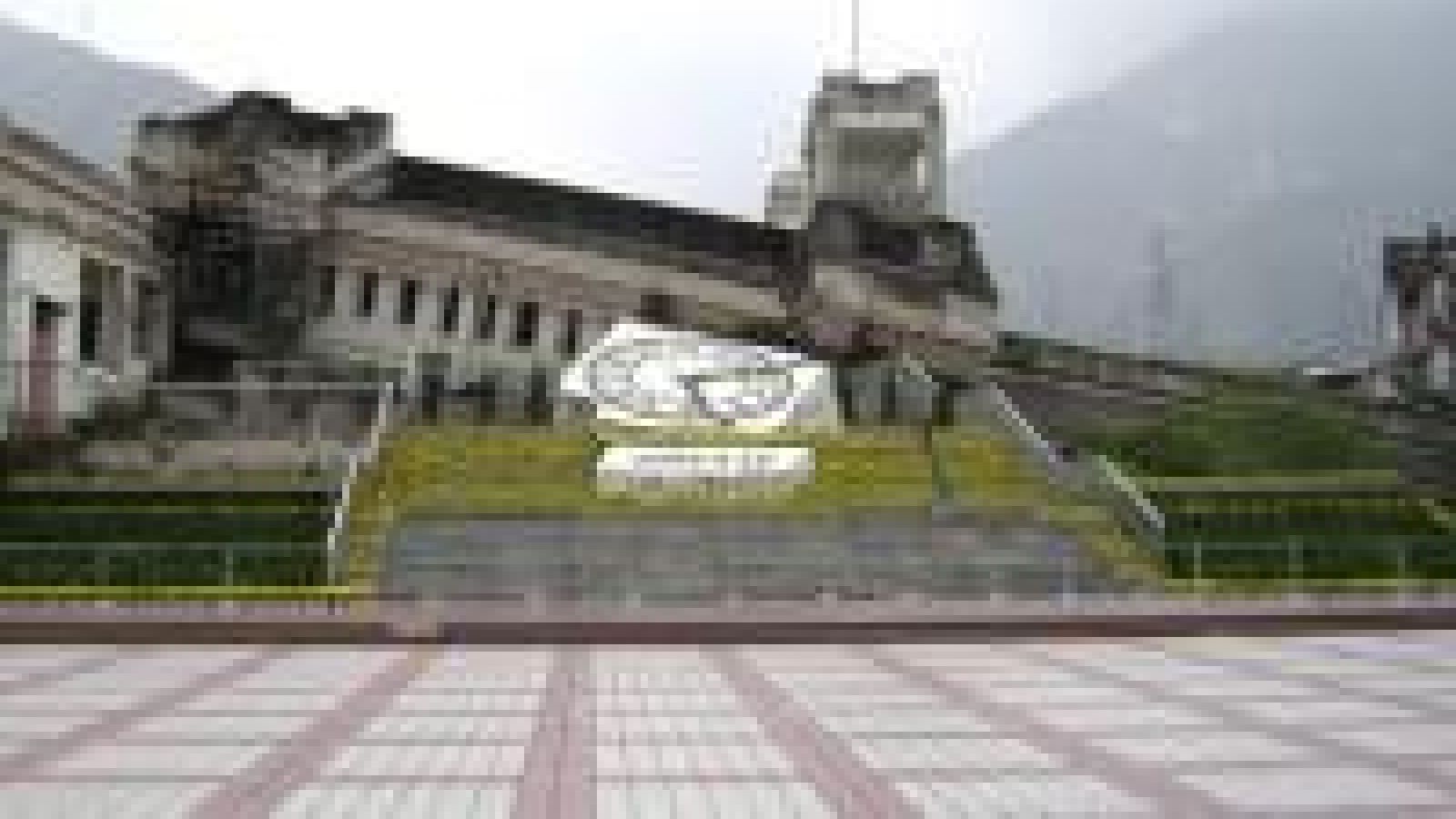Investigating the demography of disasters

After the media spotlight fades on a major disaster often the real recovery process is only beginning for those affected. 
The photograph on the right is of Beichuan, in China’s Sichuan province. It was taken after the city was hit by a devastating 7.9 magnitude earthquake which levelled cities across the region in 2008. However, the crumbled buildings in the photograph only tell a small part of what happened in Beichuan.
The level of destruction experienced in Beichuan is unimaginable: the lake in the photograph is where Beichuan’s business district once stood. The earthquake destroyed the entire CBD, claiming the lives of 10,000 of its residents, who were swallowed up by water as it rose up from underground.
The Sichuan earthquake, that is reported to have claimed between 80,000 and 400,000 lives, is just one of many recent disasters that will be discussed at The Demography of Disasters: Implications for future policy on development and resilience conference this month.
The conference, which focussed on recent disasters in Asia, brought together experts from around the world to discuss the impact of natural disasters on people. Case studies from disasters in the US, New Zealand and Australia were also be discussed during the two day conference held at ANU.
Beichuan itself has been reconstructed and moved 50 kilometres down the road to a safer, less earthquake prone area. But while much of the physical reconstruction has been completed, people still mourn for their lost loved ones.
Conference organiser and Associate Professor Helen James from the Australian Demographic and Social Research Institute (ADSRI), visited Sichuan province last year as part of a tour that also took her to Iran to see how communities there are recovering from huge disasters. She is a specialist in Mainland Southeast Asia, and her work is multidisciplinary.
Dr James’ work on disasters focuses on the demographic and social impacts, which she says are “under-researched”.
“Many studies focus on the reconstruction in terms of roads, buildings and other infrastructure, but these don’t rebuild the lives of survivors,” she says.
While in China and elsewhere on her trip, Dr James used anthropological methodologies for her research, which included interviewing individuals, government officials and representatives from non-government organisations to gain insight into peoples’ recovery.
“I’m interested in the stories behind the quake – the human lives that it’s affected,” she says.
Dr James says an interesting approach taken by the Chinese government following the earthquake, was to provide outlets for people to grieve to assist with their emotional recovery and to alleviate potential civic unrest. 
In Xing Chue, for example, a Government-created memorial site (pictured right), which plays Daoist mourning music 24 hours a day, attracts a constant stream of visitors.
Dr James says she also observed smaller, personal tributes – personal belongings such as perfume bottles or Hello Kitty dolls – placed in collapsed buildings as tributes to those who died.
What does Dr James love about her demography research?
“That it provides a window into peoples’ lives and the possibility of helping them through public policy.”
The international conference on The Demography of Disasters: Implications for future policy on development and resilience was held at ANU on 18-20 September.